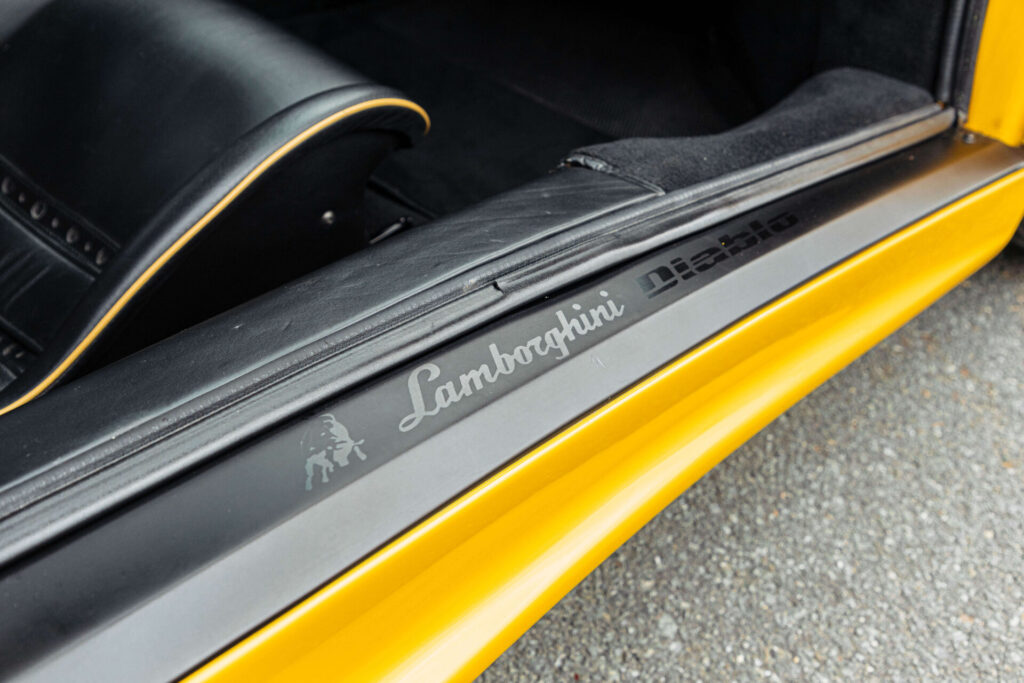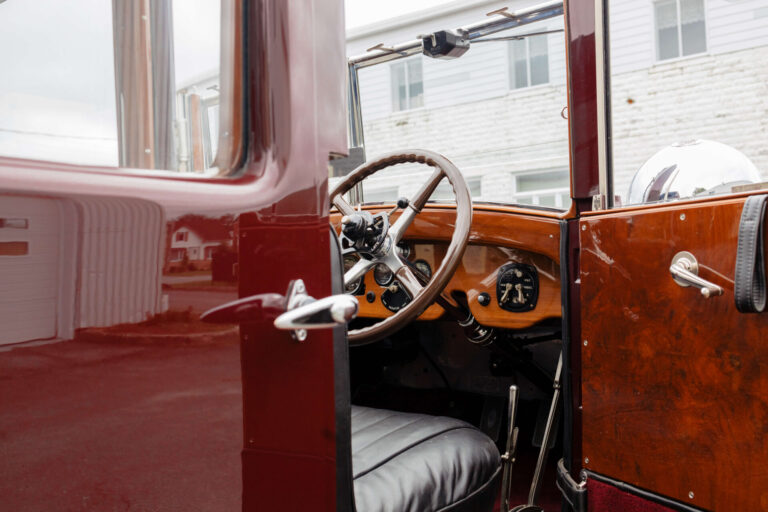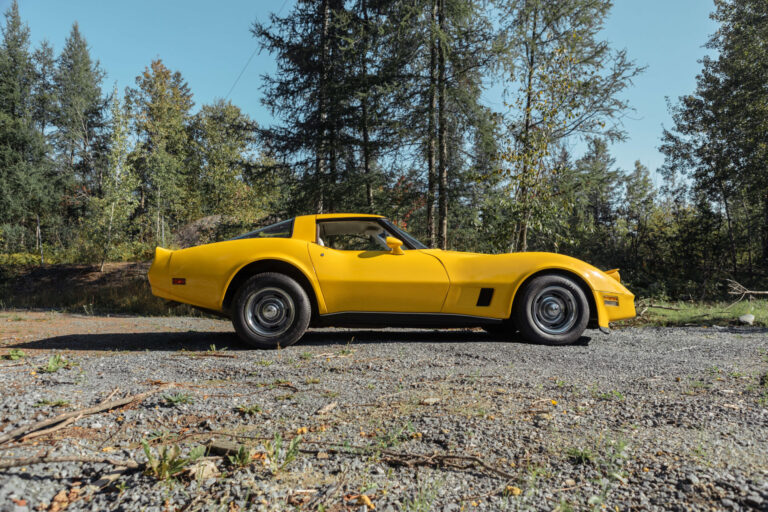The Automotive Dream “One man and his dream had not simply left the world with an engine and four wheels; Henry Ford and his Model T had influenced people's everyday lives - where they lived, how they spent their leisure time, even how they viewed themselves.” - Gary...
Lamborghini Diablo 1992
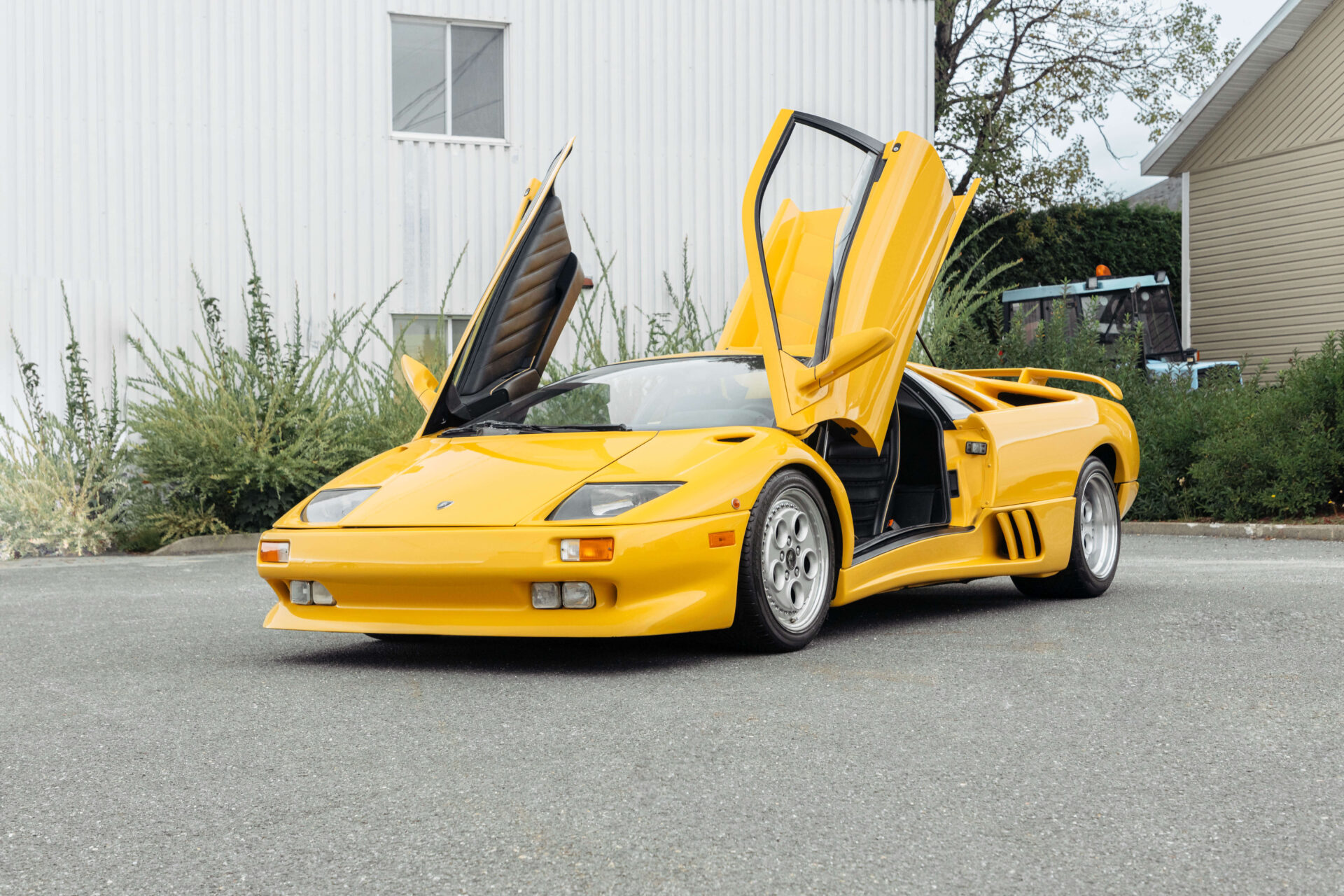
Crédit photo - Good Vision Prod
Recent posts
Lagonda 16/80 Special Six 1933
English Touring The car we present to you this week is the Lagonda 16/80 Special Six in the Demers Car Collection. Lagonda was a luxury British car brand that Aston Martin eventually absorbed. Through its association with Aston Martin, it is sometimes hard to remember...
An Introduction to Lagonda
Before Aston Martin “The history of Lagonda cars is synonymous with sophistication, opulence, and groundbreaking performance” - An article for Discovery UK Today, we may recognize the name Lagonda from its association with Aston Martin. Before these two brands...
Cadillac Model A 1903
The Standard of the World “No other American car on the market in the first decade of the century was constructed to higher standards than Cadillac.” - Stephen W. Sears in The Automobile in America Some of you may know that Cadillac has long had the slogan “Standard...
A 1990s Icon
“A dream come true” – Lamborghini website
Introduced in 1990, the Diablo marked the decade’s supercar scene. The enthusiasm built by the Countach fueled interest in the Diablo. A black Diablo GT was many people’s car of choice in the very first version of the popular car racing video game Need for Speed. The game first appeared in 1995 and featured other cult 90s cars like the Ferrari 512 TR and the 993 Porsche Carrera. By the end of its sales in 2001, the Diablo was the best-selling Lamborghini to date. Although the Murciélago quickly surpassed this record, the Diablo played a crucial role in helping assure the survival of Lamborghini. Today, Lamborghini is an iconic supercar brand. This post introduces you to the 1992 Lamborghini Diablo in the Demers Car Collection by providing an overview of the model’s history and its design particularities.
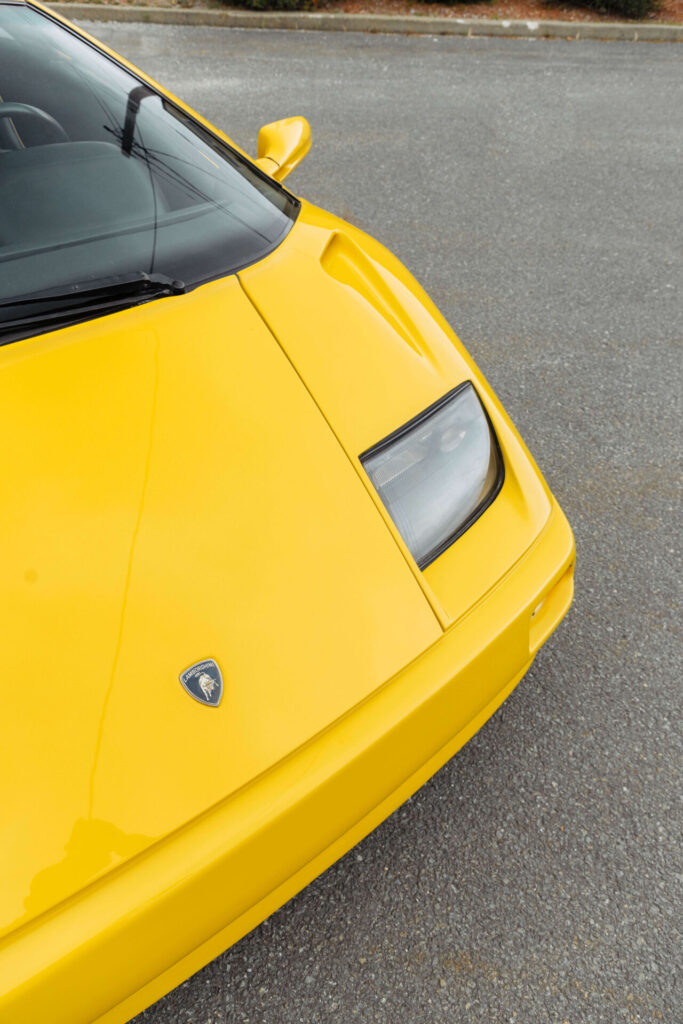
About the Model
Arguably, the Lamborghini of the 1990s didn’t offer any earth-shattering mechanical breakthroughs. The model built upon what Lamborghini was already doing in the 1980s, only faster and bigger. That said, it was the first Lamborghini to reach 202 mph. Plus, it was easier to drive than the previous Countach.
The Diablo was an exotic car. It was hand-built in Italy, sold for a quarter of a million dollars and was once the fastest production car in the world. This built its reputation as a collectible item for a fortunate few. When introduced, the only other car that was comparable to it was the Ferrari F40. The F40 is an icon in its own rights and was the holder of the previous record speed. The Diablo’s title as the fastest production car only held for a short time as the introduction of the Jaguar XJ220 dethroned it. Jaguar introduced the XJ220 in 1991 and the supercar was capable of reaching 220 mph. This competition for the title of fastest car felt in the 1990s, has been described as a “supercar arms race.” Competition fueld innovation and passion for supercars.
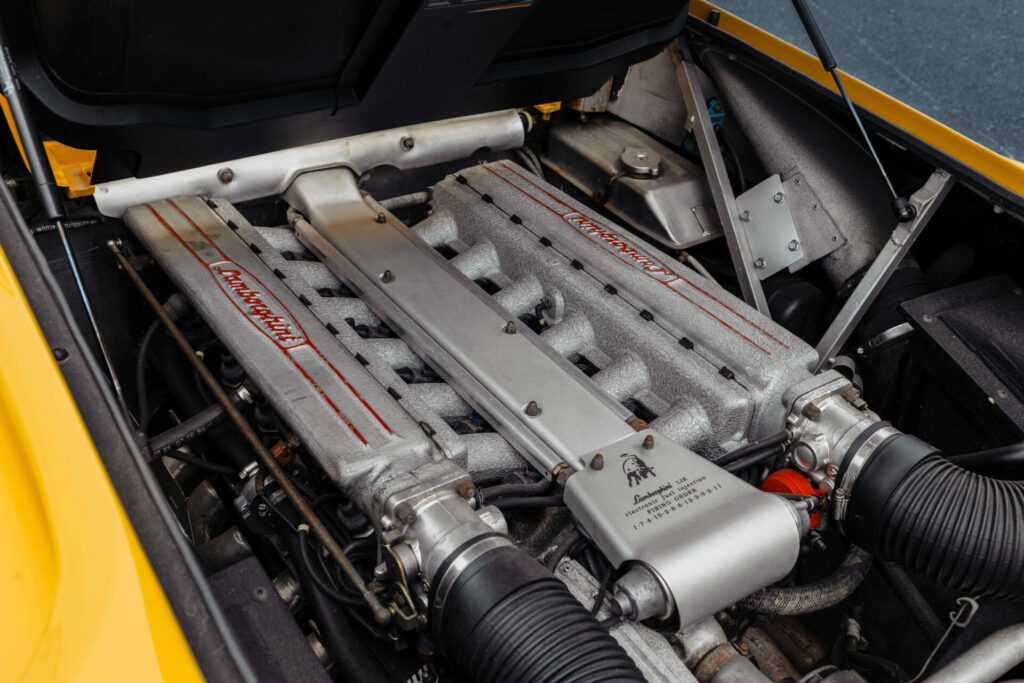
Throughout the decade of its production, Lamborghini improved and modified the Diablo model. Notably, Lamborghini adopted four-wheel drive and power steering. Some special models also had bigger, more powerful engines. The last few years of production saw models made out of carbon fiber to decrease their weight: The Diablo GT, with a 6-liter engine, was capable of 680 bhp and was the fastest Lamborghini made thus far, capable of 210 mph or about 338 km/h.
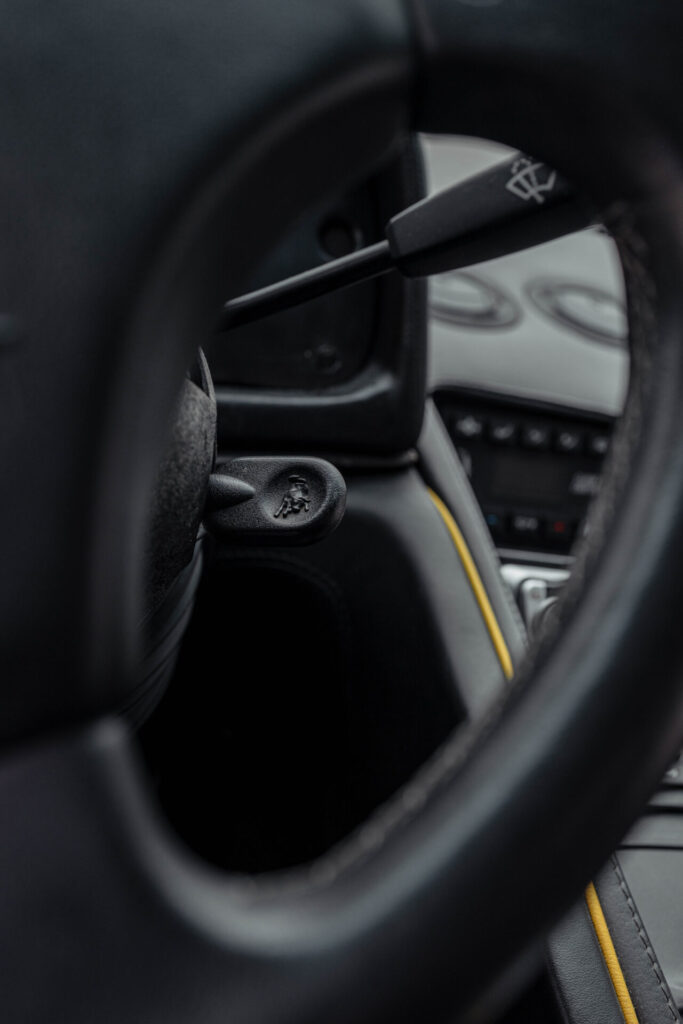
1990s Design
Developed at a time when Lamborghini was under Chrysler’s management, it is a more practical and streamlined car than what Lamborghini put out previously. There were rumors of conflict regarding the design of the Diablo between the Chrysler team and famed designer Marcello Gandini. The Diablo was based on the Project 132 car, which was in the works before Chrysler took over the Italian firm in 1987. Gandini, who previously worked for Bertone, was responsible for the design of Project 132, the purpose of which was to reach speeds above 200 mph.
Chrysler hired Gandini to work on the Diablo, but their ideologies clashed. It is reported that Chrysler insisted on softening the sharp-edged lines that Gandini envisioned for the Diablo. Plus, he wasn’t allowed to work on the interior of the car. Instead, Chrysler designed the interior internally. The resulting Dablio is a car that is less striking than previous Lamborghinis. The Diablo was the only Lamborghini model introduced under Chrysler’s management.
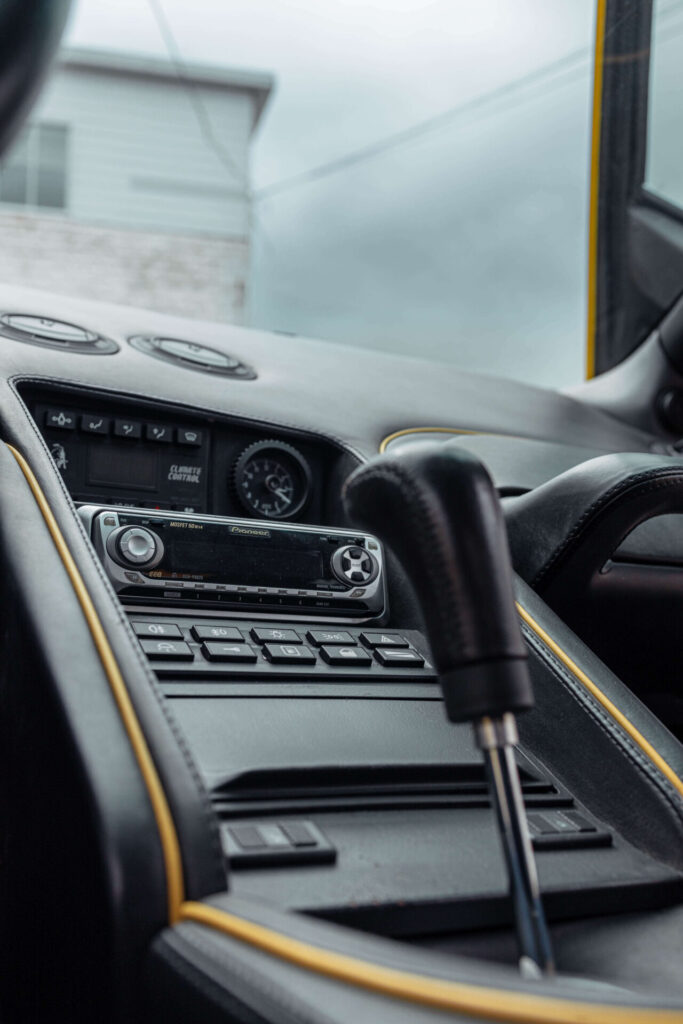
To adapt to consumer and market trends over the decade of its production, Lamborghini altered the design of the Diablo. For example, a convertible version was offered in 1996. The model in the Demers Car Collection is part of the first series of cars. This beautiful yellow coupé deviates from the norm though. Although the first series of cars had pop-up style headlights, the one on this car are uncovered.
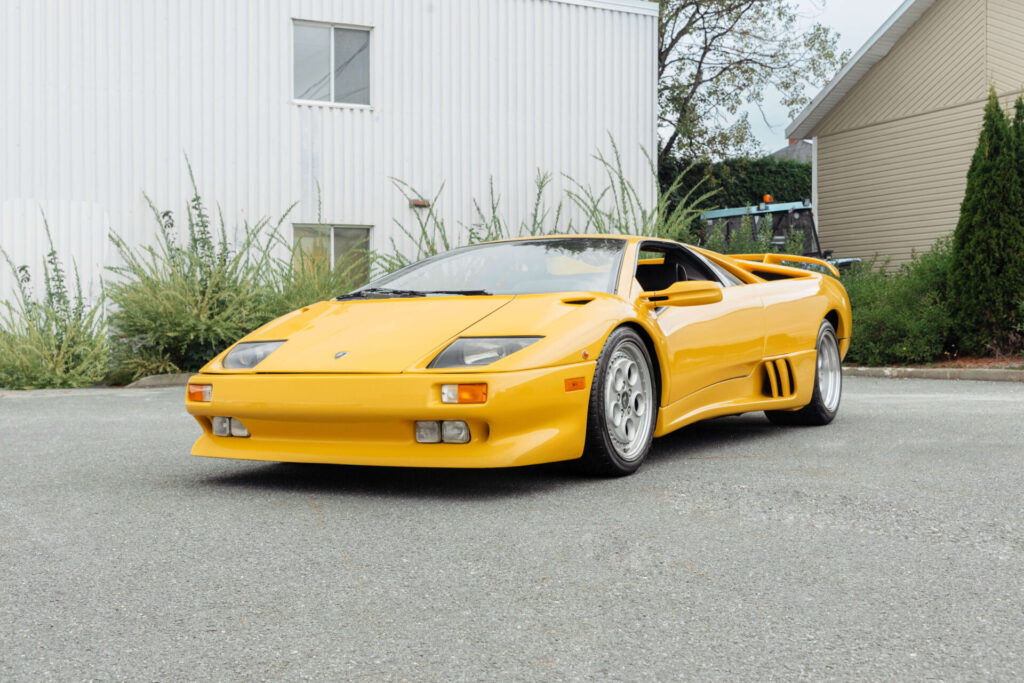
It’s Name
“Diablo” means “devil” in Spanish. Lamborghini has a long history of using Spanish names linked to bullfighting. The Diablo is no different, it refers to yet another legendary fighting bull. A bull named “Diablo” fought in Madrid in 1869 and was known for its ferocity. Lamborghini deemed it an aggressive characteristic fit for the car it was building.
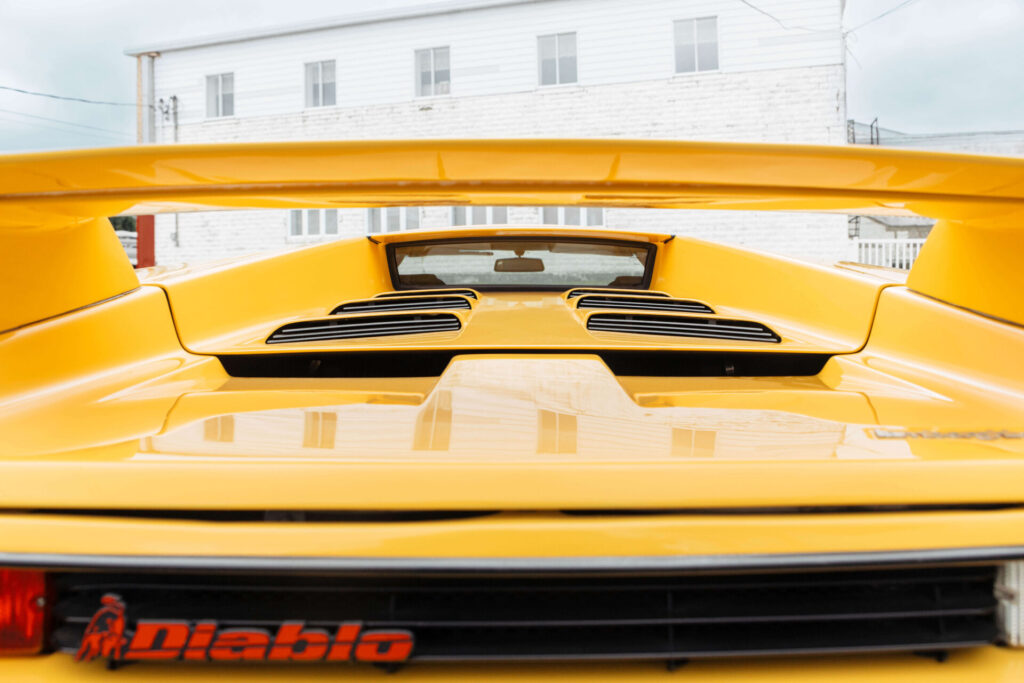
A Note on Scissor Doors
The work of Marcello Gandini on the Countach and seen again on the Diablo, scissor doors are a staple of the Lamborghini brand. To this day, Lamborghini continues to uphold the tradition of pairing scissor doors with its legendary V12 engine. The doors were designed both for their cool factor and for practicality. Rear view visibility is abysmal in both the Countach and the Diablo. To go in reverse, the driver has to open the door and sit on its ledge to look backward while driving. Having the doors open upwards allows this maneuver.
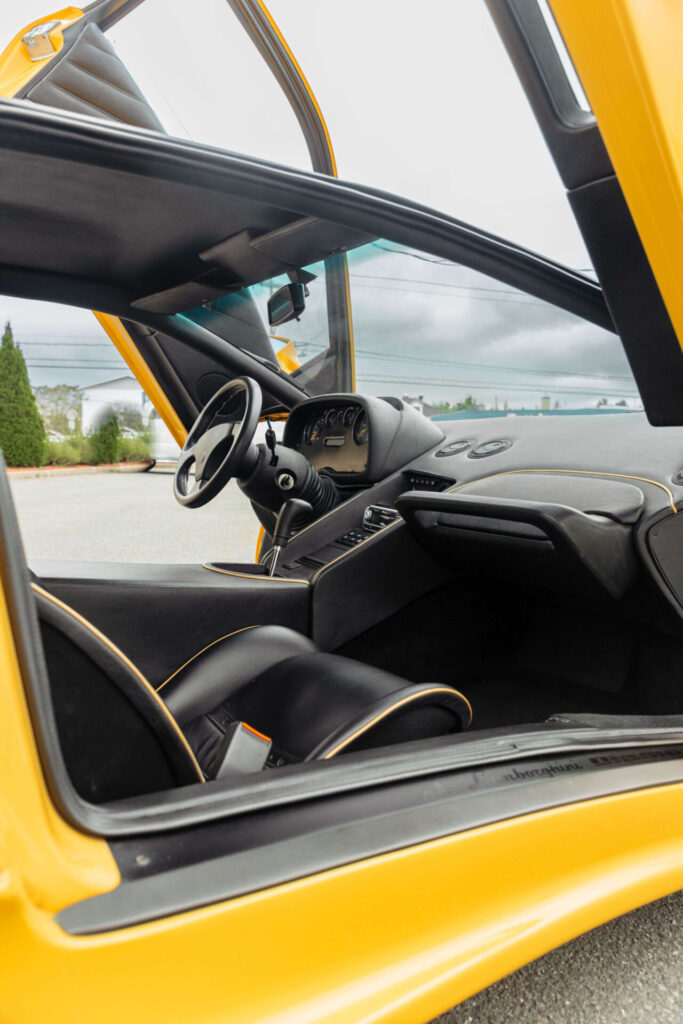
What Now?
Lamborghini produced the Diablo for 11 years, but only 2,903 were made. We believe even fewer survive to this day. Although less instantly recognizable than its predecessor, and less drivable than the Murciélago, the Diablo played its role in the rise to fame of the Italian supercar brand. The current enthusiasm about Lamborghini fosters a renewed interest in classic models like this one. Plus, 2023 marked the last year of the legendary V12 since Lamborghini announced its replacement with a plug-in hybrid, a fact that makes all classic Lamborghinis even more special.
The Demers Car Collection is happy to have it as part of its supercar row. If you want to have a closer look at the Diablo and its rivals, you can do so by partaking in a private tour of the Demers Car Collection! Find out more here if you are interested. And don’t miss next week’s blog where we try something different again: A car analysis of the The Great Gatsby phenomenon.
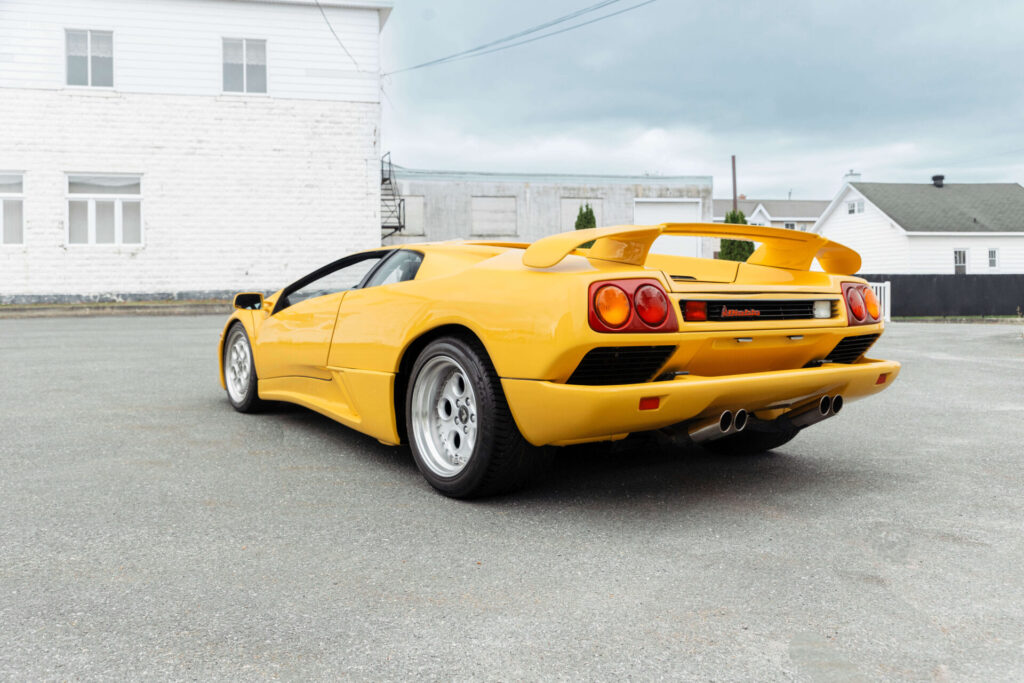
The Nitty Gritty
- 5.7-litre, dual overhead cam, 4-valve per cylinder, V12 engine
- 492 bhp
- Max speed: 202 mph or 325 km/h
- Multi-tubular chassis frame
- 104.3 in or 265 cm wheelbase
- Five-speed manual transmission
